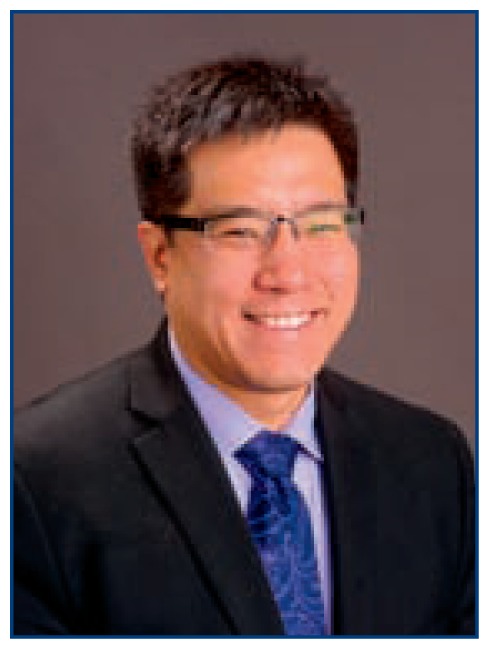One of the most interesting issues at the American Medical Association Annual Meeting is the encroachment of private equity in medicine. Corporate America is trying to figure out where to put their money, as the stock market is overheated, the interest rates are too low in banks, and many investors are turning to healthcare.
Approximately 14 percent of private equity acquisitions are now in healthcare, and these private equity groups often bundle multiple medical practices and then rapidly “flip” them. The largest dermatology group in the USA is now owned by a Canadian retirement fund, and while such practices may be great for revenue generation, there is a potential loss of healthcare dollars to non-healthcare entities that have little incentive to reinvest in their healthcare practices.
The potential threats by private equity (“If you don’t sell to us, we will open 20 offices in your catchment area to compete against you”), and the profit-models of private equity firms may result in high-pressure RVU production guidelines, in which physician groups lose all autonomy and essentially become indentured servants.
Obvious concerns includd “profit over patients” in highly-leveraged private equity environments, as well as fears about when those firms go bankrupt (where doors are locked, records aren’t retrieved, and patients are abandoned with no continuity of care).
While some decried the general increase in corporate ownership of physician practices today (with predatory practices, under-bids and subsidies, and playing fields skewed against risk-averse physicians), others pointed out the unique features of private equity, in which ownership “flips” frequently. An example was given of one dermatology group being owned by four different groups within an 18-month period!
Still others brought up the fact that some money behind these private equity groups may come from hospitals and Pharma and insurance companies – and that such inherent conflicts of interest may be masked by using private equity groups. Multiple physician specialties including dermatology, orthopedics, OB/Gyn, and radiation oncology indicated the urgent need for the AMA to draft model contract language for when private equity groups take over medical practices. A resolution on this issue was passed by the AMA, and we look forward to a report back next June.
Other advocacy and public policy issues that were addressed by the AMA-YPS include:
Prohibiting retrospective ER coverage denial and returning to prudent layperson standard for emergency services
Insulin affordability
Physician burnout and wellness challenges
Advancing gender equity in medicine and advancing the goal of equal pay for women in medicine
Reducing disparities in obstetric outcomes, maternal morbidity, and prenatal care
Clarifying federal enforcement of medical marijuana laws from the Department of Justice
Integrating drug price information into EMRs
Augmented intelligence in healthcare
Legalization of interpharmacy transfer of electronic controlled substance prescriptions
Maintenance of certification
Economic credentialing
Survivorship care plans
Handling hazardous drugs
Alcohol use and cancer
Treating opioid use disorder
If you or someone you know is a young physician who may be interested in getting involved in the MSMA-YPS and/ or AMA-YPS, contact MSMA Director of Marketing Stephen Foutes at stephen@msma.org or 800-869-6762, and/or visit the AMA-YPS webpage at https://www.ama-assn.org/ypsannual-overview.
Biography
Albert Hsu, MD, MSMA member since 2017 and Chair of the MSMA Young Physician Section, is a Reproductive Endocrinologist at the Missouri Center for Reproductive Medicine and Fertility in Columbia, Mo. Nita Kohli, MD, MPH, MSMA member since 2018, is the American College of Mohs Surgery representative to AMA-YPS and Dermatology Section Council. She is an Assistant Professor of Dermatology at Washington University, St. Louis, Mo.
Contact: scooberhsu@gmail.com




